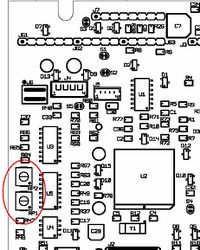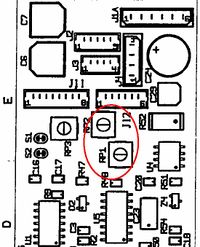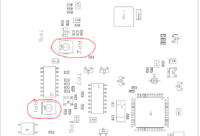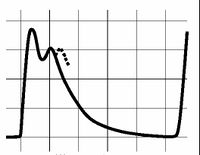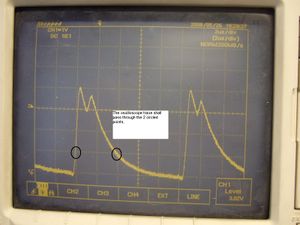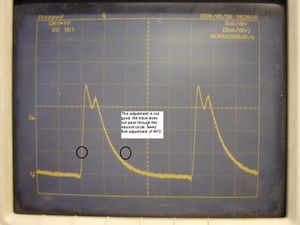Difference between revisions of "Display data receiver adjustment procedure for TouchLine stations"
From Zenitel Wiki
(→TouchLine station display data receiver adjustment procedure) |
|||
| Line 31: | Line 31: | ||
[[Image:Picture2 Not good adj of RP2.jpg|thumb|left|Bad adjustment]] | [[Image:Picture2 Not good adj of RP2.jpg|thumb|left|Bad adjustment]] | ||
[[Category: Stations]] | [[Category: Stations]] | ||
| − | [[TouchLine]] | + | [[Category: TouchLine]] |
[[Category: Troubleshooting]] | [[Category: Troubleshooting]] | ||
[[Category: Station Troubleshooting]] | [[Category: Station Troubleshooting]] | ||
Revision as of 11:19, 1 November 2011
TouchLine station display data receiver adjustment procedure
This procedure describes the adjustment of the receiver in the TouchLine display stations based on the Motorola 68HC05 microcontroller. The relevant boards are: <br\>
- A100C01340, used in the TouchLine 70013, 703x3 and the interguard 707x stations
- A100C01425, used in the TouchLine 7042, 7043 and many custom design flush mounted stations
- A100C07844, used in the DualDisplay station 7007
<br\><br\><br\>
Necessary equipment to preform the adjustment:
- Oscilloscope with 10M ohm probe with insulating transformer on the power supply <br\> - An AlphaCom exchange. <br\> - A screwdriver suitable for the potmeter's RP1 and PR2. <br\><br\>
- - Connect the oscilloscope probe to pin 11 on the PLL 74HCT4046, This is IC U5 on the A100C01340 and A100C01425, and IC U3 on A100C07844.
- - Connect the oscilloscope ground to the B-wire close to the station (not more than 3 meters).
- - Set scope to 1Volt/line vertical division and 2 usec/line horisontal division.
- - Adjust RP1 and RP2 until the waveform it is as shown on the figure, be accurate!
- - Disconnect the board and reconnect after 2-3 seconds. Dial 789. The display should now reset.
<br\> <br\> <br\> <br\> This waveforms are very probe dependent. You have to experience the centre of the tolerance area yourself. Pay special attention to the slopes and the second peek on the curve.

